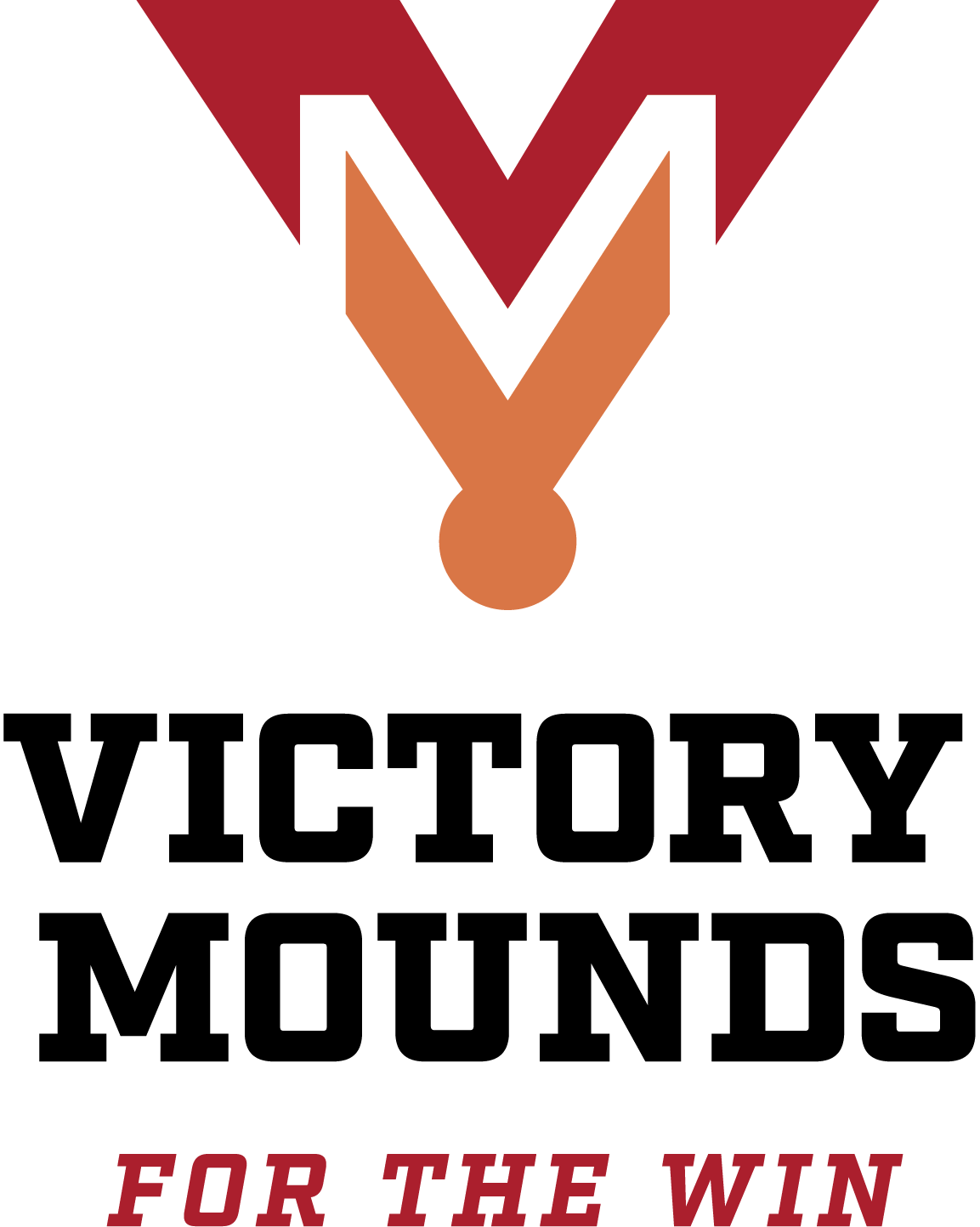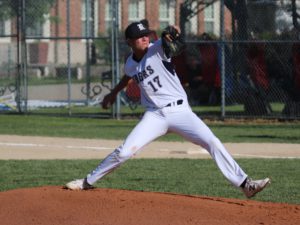For young players and the coaches managing them, the process of mastering the game can often feel overwhelming. Baseball is a game of specialized skills, and literally every position on the field requires a unique skill set. Hitting is just as complicated if not more so, which means it’s essential to get the right kind of baseball training right out the gate in youth league and Little League.
Fortunately, those playing youth league baseball can easily systemize their baseball training, and the baseball training aids and equipment that are available can help enhance and speed up the training process. With that in mind, let’s look at some of the most important choices coaches and players have to make when they start their baseball training together.
Baseball Training Equipment and Baseball Training Aids: An Overview
Baseball training isn’t easy, but it can be made simple. The process starts by breaking down the process into three parts—hitting, pitching and fielding.
It may be tempting to prioritize one over the other two, but it’s important to do baseball training in an organized fashion and purchase and use the equipment and training aids accordingly.
Hitting: Using a Baseball Swing Trainer
For youth league and Little League players, hitting probably has the highest learning curve. It’s relatively easy to learn to throw a ball and catch it, and playing catch with parents, fathers especially, is a timeless ritual of the game.
The first swing trainer is a tool that’s familiar to most Little League parents—the tee. In fact, the tee is so familiar and commonly used that many young players start their participation by playing T-Ball.
Back in the day, baseball tees consisted of thick, clunky plastic tubes that sat on wooden or plastic platforms. The problem with these devices is that most players made contact with the tube as well as the ball, which made the process of learning to hit clumsy and awkward.
Thankfully, tees have been replaced to at least some extent by the baseball swing trainer. Some of these are advanced devices that are probably beyond the capabilities of most youth league players, but for kids who have shown the ability to make contact and control their swing, they can be a great improvement tool.
This is especially true of swing path trainers, which are designed to guide a player’s swing along a specific path. They usually feature a rod or arm that extends from a base, and that rod helps players fine-tune their swing to get a consistent swing path.
Pitching Training Aids: Using a Practice Mound
Pitching is at the heart of the game, and the action for every play starts with the pitcher. The path to developing a consistent delivery and control each pitch is a long one for even the best players, but there are some great baseball training tools out there, especially for prospects who show promise early on.
A portable practice mound is one of the best. It helps players practice away from the field, and it’s a great tool to get the repetitions that young pitchers need.
For youth league and little league coaches, it’s an even better tool. They can use to train pitchers on the specific mound they’ll be using in games, and a portable pitching mound can also be used to help develop the throwing skills of everyone on the team.
Portable pitching mounds are also great practice tools. Many practice fields for youth league and Little League are in rough shape, and some of the mounds are serviceable at best.
Having a portable pitching mound available makes it possible to ignore an unplayable mound and swap in a real mound that can be used to have a productive practice on fields with substandard mounds.
Training Aids for Fielding
While fielding tools tend to be more basic than those used for hitting and pitching, there are some solid options that can help youth league and Little League players develop their skills. Here are some of the most important ones:
Proper Gloves
The best baseball training for young fielders is getting them to wear the right size glove. Many youth league and Little League players struggle to field effectively because they have gloves that are too large or too small, or because they’re wearing the wrong glove for the position they happen to be playing.
The positional aspect of fielding gloves is especially important. A first baseman who’s not using a longer, extended glove with a large web, for instance, will struggle with some throws, and young first basemen handicapped in this way will definitely have trouble executing the sweeping scoop to short-hop bad throws that’s one of the essential skills of the position.
The same goes for catching gloves. These are very specialized tools that provide protection and a totally different kind of pocket, and while they can be tough for young players to handle, getting used to the odd and specialized shape of these gloves at an early age is essential to development.
Tennis balls and Reaction Balls
Tennis balls can be a great tool for young fielders. They’re smaller and softer, which makes them more forgiving for the inevitable mistakes, and they can be used to help fielders develop soft hands.
Reaction balls perform the opposite function in many ways. They help players get used to unpredictable bad hops, which can happen on virtually any field, regardless of how pristine and well groomed it may be.
Fielding and Pitchback Nets
Young players tend to make a lot of mistakes when learning to field, and few things will slow up a youth league or Little League practice like a series of errant throws that force constant ball retrieval.
Fielding nets help keep this from happening. They make it easy to retrieve mistakes, and pitchback nets can be used individually by players to help hone their fielding skills, especially when they’re young and are first learning basic skills.
Agility Equipment Ladders and Cones
These two items aren’t commonly thought of as baseball equipment, but they can really help young players handle themselves on the field. Quickness is essential if you’re going to be a great fielder, and drills with this equipment can help players develop the speed and quickness they need to be truly great at their position.
Get the Best Possible Youth League Training Aids and Equipment When You Shop From Victory Mounds
At Victory Mounds, we’ve been involved in all aspects of the game, and that includes providing great equipment. We can help you determine your team equipment needs, then supply them accordingly while adhering to your basic budget.
We also supply information and consulting, so we’ll answer your questions, ask a few of our own about your program, then recommend the appropriate baseball equipment for your situation.
The process starts when you go to VictoryMounds.com to learn more about our products, then call us at 800 835 9460. If you’d prefer to email, you can contact us at info@victorymounds.com.

